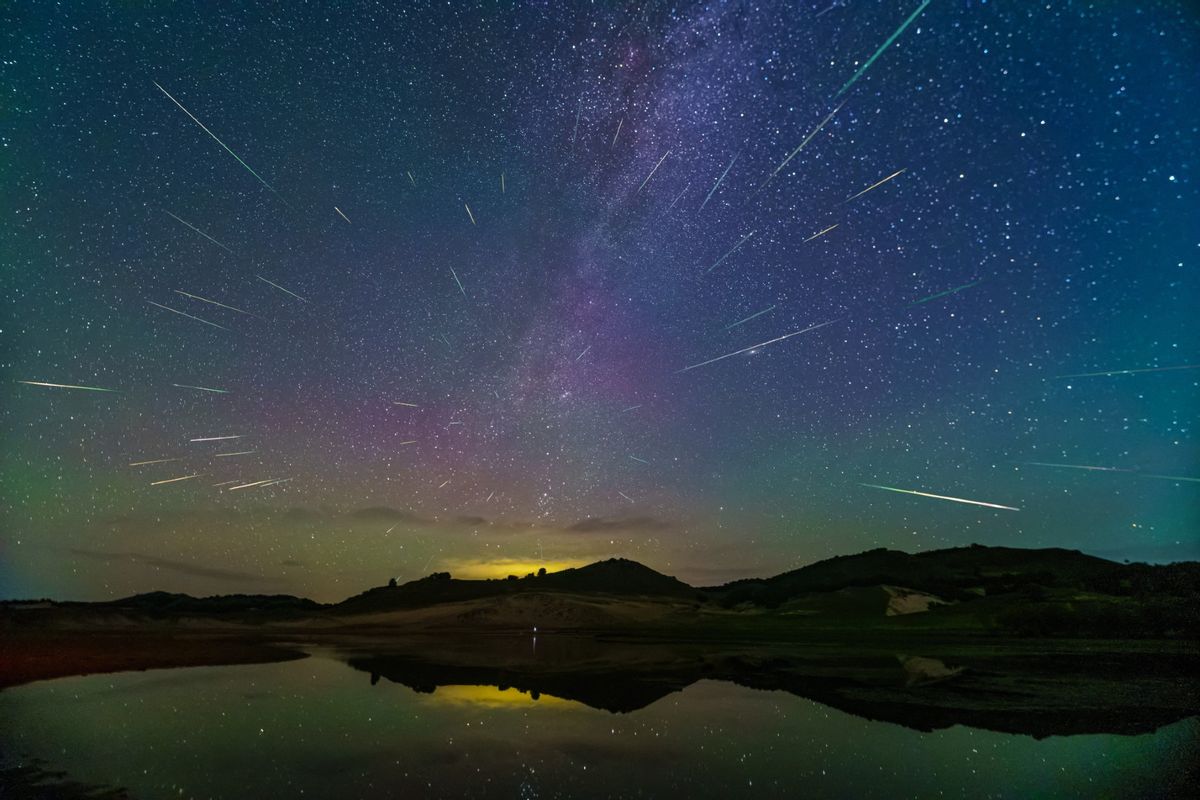The Perseid meteor shower is back for its annual display, dotting our skies with its signature bright, streaking trails at peak luminance.
The shower, which is slated to peak over the weekend, is made visible as debris from the Swift-Tuttle comet burns up in the atmosphere, appearing near the constellation Perseus.
Though the Perseids are active from July 14 to September 1 each year, the Global Meteor Network’s monitoring service projects the greatest intensity of visible meteor activity under ideal conditions to peak on Sunday around 3 a.m., lasting until Tuesday early in the morning.
Besides presenting us with a great show, the showers can give a fascinating insight into the universe above us. So what can we expect to see?
“It’ll be bright flashes across the sky that just have a tail on them,” University of Michigan astronomy professor Ted Bergin told the Washington Post. “Comets are some of the oldest material in the solar system. So you're seeing some of the oldest pieces of the solar system burning up in the atmosphere of the Earth.”
As with other showers, peak viewing times are in the earliest hours of the day, before dawn, but the phenomenon can be spotted as early as 10 p.m. Meteors are most visible in clear weather, and can often be seen with the naked eye. Still, enlisting a long-exposure camera or dark mode setting on a phone camera can allow viewers to capture the moment.
Of the three major meteor showers of the year, the Perseids are unique in its summer seasonality. The Geminids and Quadrantids displays come around in December and January respectively. Unlike other astronomical phenomena, including eclipses and auroras, the shower will be visible around the world, though Northern Hemisphere residents will have the clearest view.
You can expect to see vibrant meteors whiz by at roughly 37 miles per second, with peak counts of nearly 100 meteors per hour, according to NASA.



Shares